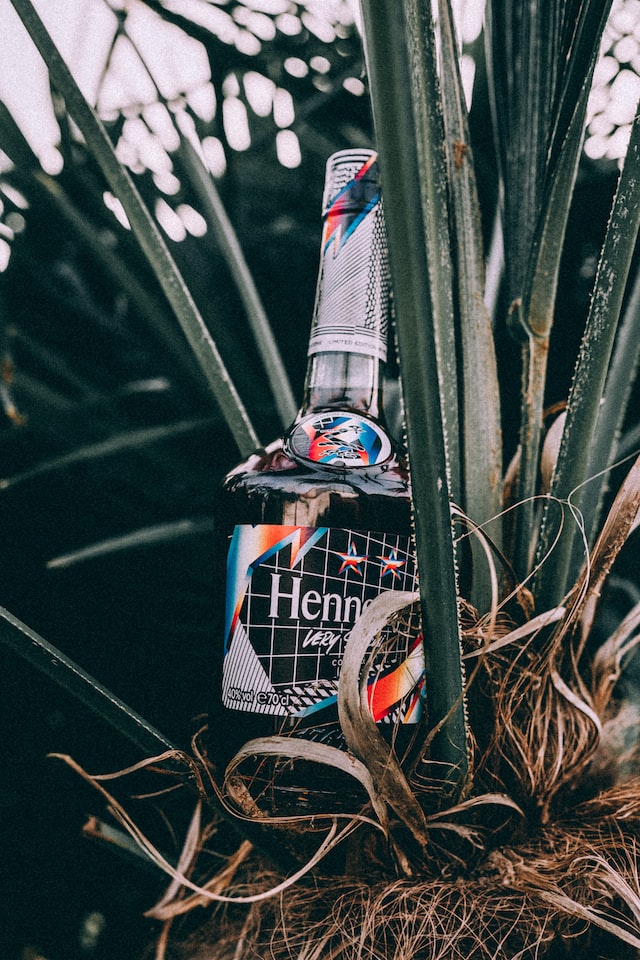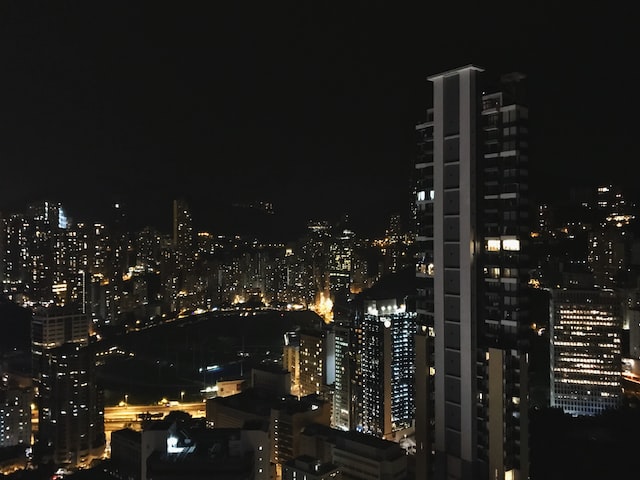
Louis Vuitton Mo-t Hennessy (LVMH) was created in 1987 when Bernard Arnault merged Louis Vuitton with Moët Hennessy, employing around 50,000 people. With more than 50 brands, it is today the largest luxury goods group in the world.
The Group's five main areas of activity are Wines & Spirits, Fashion & Leather Goods, Perfumes & Cosmetics, Watches & Jewelry and Selective Retailing.
On 13 May 2020, LVMH was ranked 73rd on the 2020 Forbes Global 2000 list.
In January 2021, LVMH completed the acquisition of Tiffany & Co.
History of development.
In 1971, Mo-t & Chandon merged with the two Hennessy wineries to form the Mo-t Hennessy wine group, which in 1987 merged with Louis Vuitton before forming the LVMH group, the predecessor of today's luxury empire.

Subsequently, the group expanded and acquired a number of other luxury brands through capital operations, gradually establishing itself as the world's number one luxury group in the field of high-end goods manufacturing.
Today, LVMH has over 50 brands, more than 1,700 shops, 68% of which are located outside France, and employs nearly 60,000 people. 2005 saw sales of €13.9 billion and a net profit of €1,668 million, about four times that of the Gucci Group. With total assets of €28,053 million and a stock market value of €36.8 billion, the company's shares are also a constituent of the CAC 40 index in Paris. In addition to its business activities, LVMH also contributes to the well-being of society through its welfare organizations such as the LVMH House, the LVMH-ESSEC Chair and the LVMH Fellowship for Research in Asia, as well as its commitment to environmental protection. The Group is committed to its philanthropic mission of promoting cultural heritage, humanitarianism, education and the development of young artistic and design talent.
LVMH, known as the Moët Hennessy-Louis Vuitton group, is a luxury goods group created by the acquisition and merger of Louis Vuitton, the leading fashion and leather manufacturer, and Moët Hennessy, the leading wine producer. The group is currently number one in the world in terms of sales, market capitalization and influence, and is also a French listed company. It owns over 50 of the world's top luxury brands, the most prominent of which is of course Lovis Vuitton, which accounts for over a quarter of LVMH's total turnover and around 60% of the company's operating profit.
The Group's main businesses include the following five areas: Wines&Spirits, Fashion&Leather Goods, Perfumes&Cosmetics, Watches&Jewellery, and Fine Retailing.
LVMH has a long history, a collection of noble professions and a deep tradition, with a unique portfolio of internationally renowned brands. Most of the companies in the Champagne, Spirits and Leather Goods divisions are over a century old, some for over two centuries. Moët & Chandon originated in 1743, Veuve Clicquot Ponsardin in 1772 and Hennessy in 1765; Johan-Joseph Krug founded his business in 1843 and Château d'Yquem (The wines of Château d'Yquem date all the way back to 1593. The House of Louis Vuitton was founded in 1854.

In the fields of perfume, cosmetics and fashion, some companies were founded much more recently, but within a few decades had cultivated a solid international position. Guerlain was founded in 1829, Christian Dior in 1947 and Givenchy in 1951, launching its own perfumes in 1957. It was through a series of successive mergers, closely driven by these interconnected core businesses, that the current LVMH group was born.